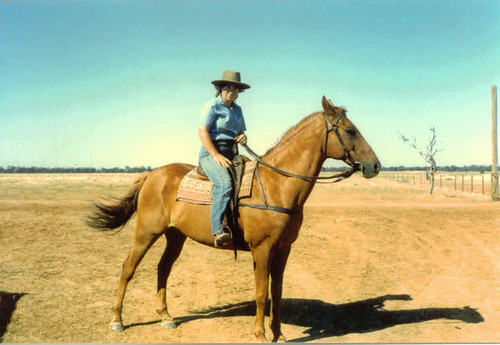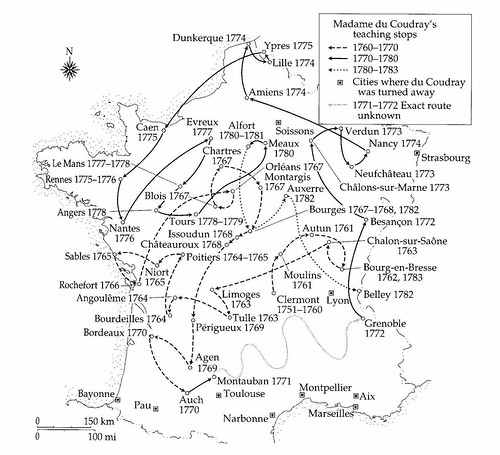I wonder if anyone has any experience, personal or second-hand, of the London Library? The subscription is £180 a year, which sounds a lot, but looking at the effective monthly rate of £15 (only two or three books purchased on abebooks or Amazon) it starts to sound like good value. And it does look rather swish.
In return I offer an excellent little website that I discovered yesterday. It is on the Victorian Research Web, but is a listing by date of academic and similar lectures in London, nearly all free, on just about any subject you could imagine.
Listed on it for today was “The Scarlet Staine of Divinity and the King’s worst enemy: Dr Wild and Mr Jekyll,” an Institute for Historical Research seminar that I attended. It was about political campaigns by the Presbyterians during the Restoration (although I didn’t know that when I started – it was one of my “lucky dips”).
The Jekyll was John, father of Sir Joseph (the only web reference I found). A very well-connected man, whose wife I learnt kept a diary of his exploits during the Civil War, he was arrested during Monmouth’s Rebellion (the area in which the talk intersected with my current interests) but immediately released after a petition to the King.
The Wild was the poet Robert, who Dryden recognised as the most popular in London.
His complaint about the nonconformist’s postion in 1672 after the “declaration for liberty of conscience”:
“We wou’d make Bonfires, but that we do fear
The name of Incend’ary we may hear.
We wou’d have Musick too, but ’twill not doo,
For all the Fidlers are Conformists too.
Nor can we ring, the angry Churchman swears
(By the Kings leave) the Bells and Ropes are theirs.”
Checking out this took me to an interesting article: Making all religion ridiculous: Of Culture High and Low: the Polemics of Toleration, 1667-1673. Also found the Historical and Literary Chronology: 1659-1700.
This excursion into the 17th century followed a day spent a million or two years earlier, on the tools of early hominids – of which more in a week or so. I do love a bit of intellectual variety!



 About
About